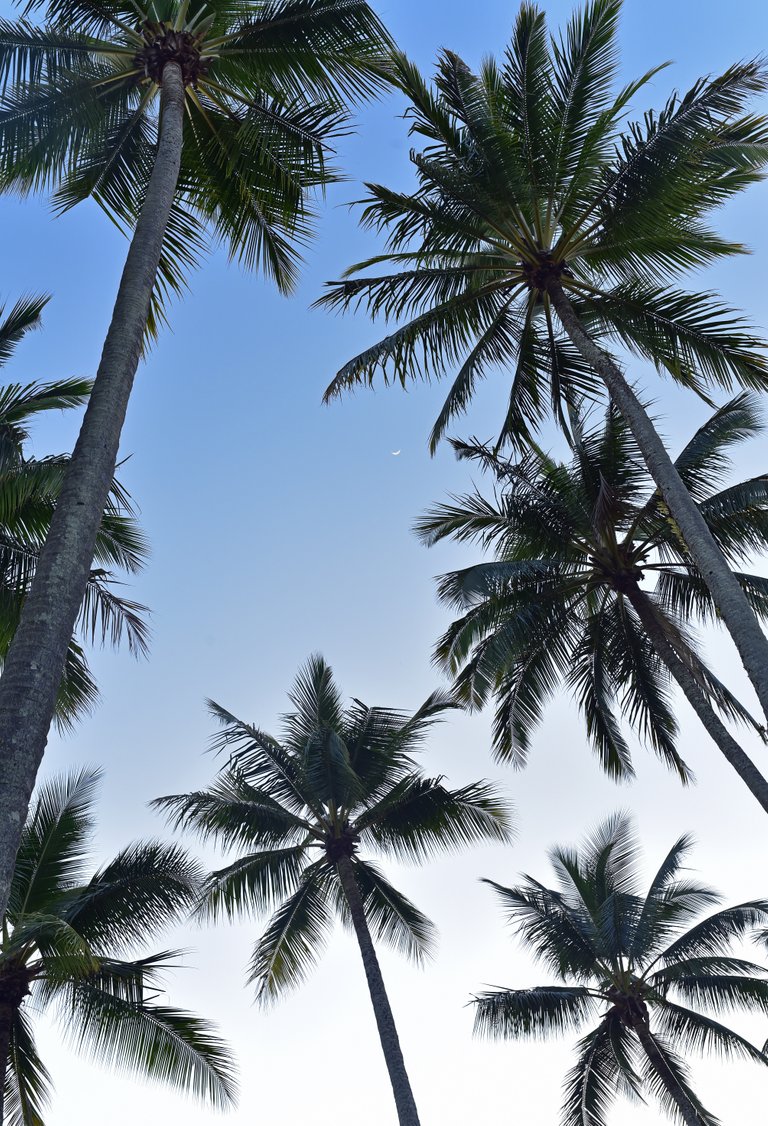The coconut tree extends into the tropics of the world; Especially in the lowlands and small islands of the sea, the trees grow well. Trees flourished in Sri Lanka, Malaysia and India. The height of the tree is 20-30 meters, the trunks are smooth and the corners are slightly slender. Coconut trees are grown everywhere in Bangladesh. But its production on the seaside loam soil is good. The coconut that is cultivated in Bangladesh is Tipika Green, Tipika Brown and Milk. Every year 200 or more coconut is available on each tree. Coconut is an important fruit in the economic direction. Recently, coconut trees are being planted in some parts of the region. In Bangladesh, the amount of coconut farming and production of coconut is approximately 5,192 hectares and 2,71,135 m tons.
Coconut shells are white like milk and very tasty. Its shells are used in various types of cakes, sweet, biscuits, chocolate and various cuisine. Apart from the use of vegetable oils made of dried coconut shells, it is used in cooking, soap, shampoo and other cosmetics. After oil extraction, the abandoned cough is used as a fodder. Coconut shell can be made of hard rope, brush, jajim, paposh. Hooko is made with coconut shell. Mats and baskets are made with raw and dry leaves and cottages are cooked. The leaves are made of shimmets with the midmissures. Kavi coconut is called dub; Dab water is delicious and nutritious. Dab is also used as a medium of tissue culture. The house borders, the pool khamba, the house poles and the handle of the spear are made with the tree stem. In the central and southern regions of Bangladesh, this plant is widely planted as a homestead tree for fruit and other purposes.